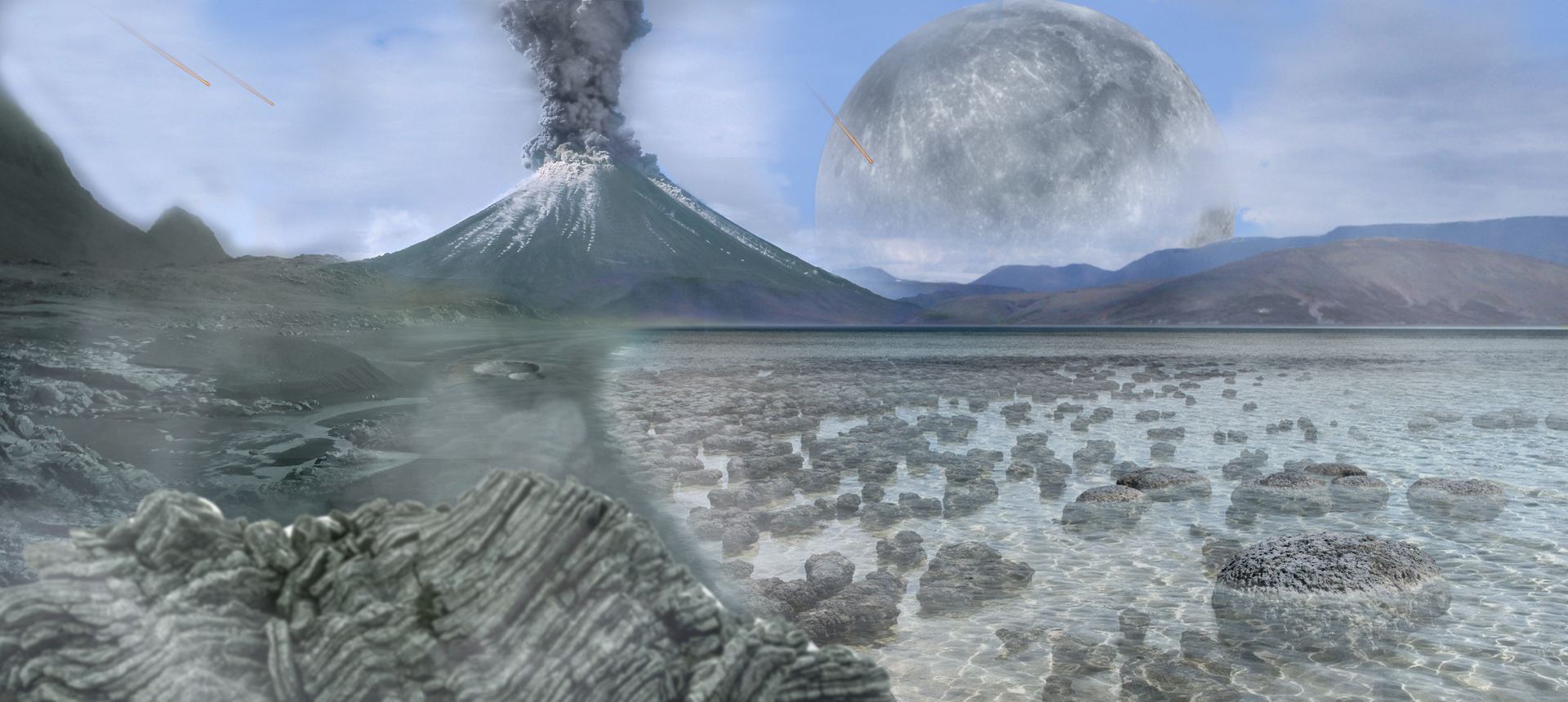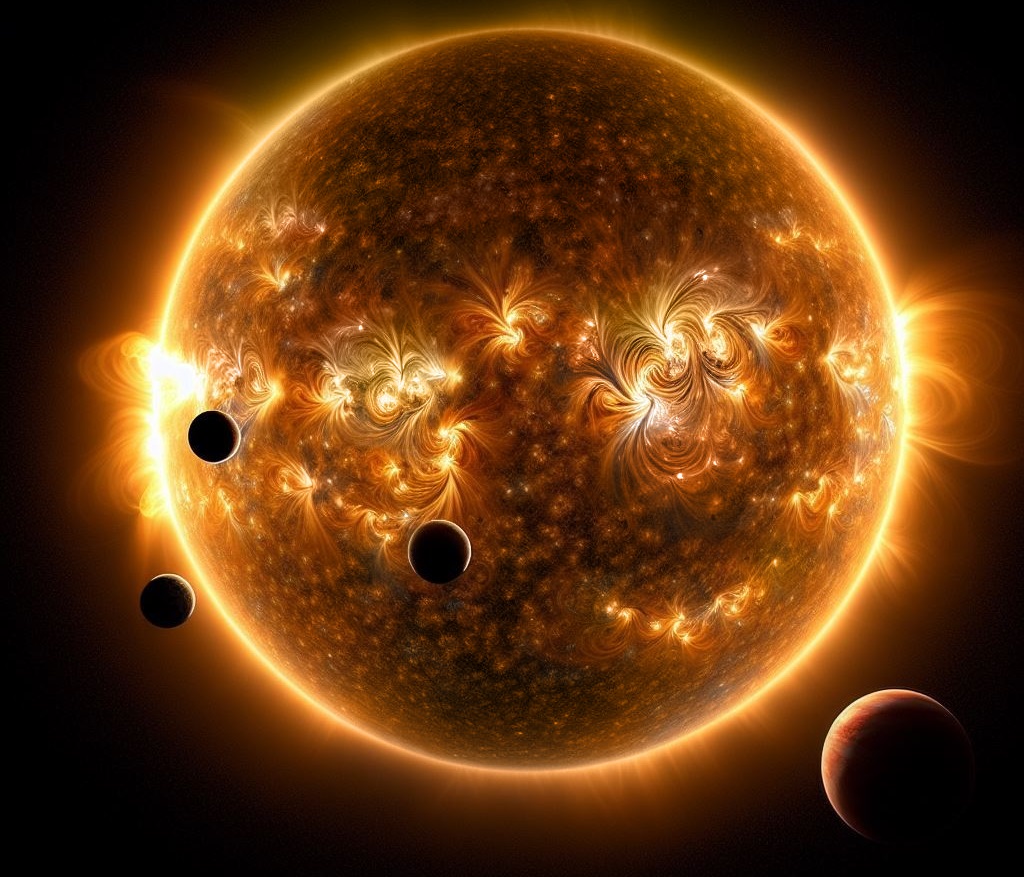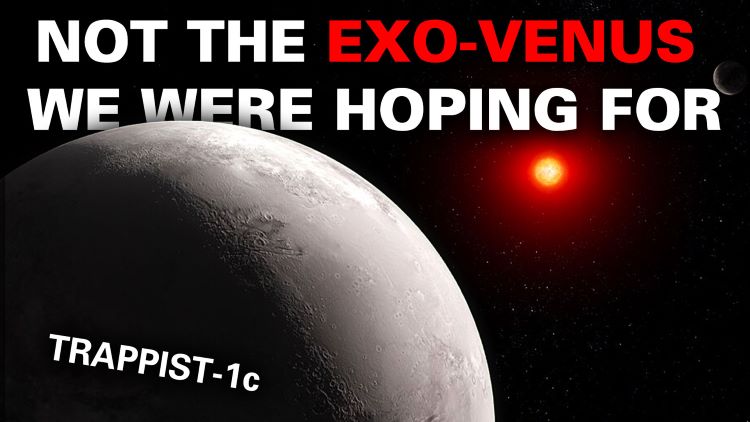The search for extrasolar planets is currently undergoing a seismic shift. With the deployment of the Kepler Space Telescope and the Transiting Exoplanet Survey Satellite (TESS), scientists discovered thousands of exoplanets, most of which were detected and confirmed using indirect methods. But in more recent years, and with the launch of the James Webb Space Telescope (JWST), the field has been transitioning toward one of characterization. In this process, scientists rely on emission spectra from exoplanet atmospheres to search for the chemical signatures we associate with life (biosignatures).
However, there’s some controversy regarding the kinds of signatures scientists should look for. Essentially, astrobiology uses life on Earth as a template when searching for indications of extraterrestrial life, much like how exoplanet hunters use Earth as a standard for measuring “habitability.” But as many scientists have pointed out, life on Earth and its natural environment have evolved considerably over time. In a recent paper, an international team demonstrated how astrobiologists could look for life on TRAPPIST-1e based on what existed on Earth billions of years ago.
Continue reading “Will We Know if TRAPPIST-1e has Life?”









